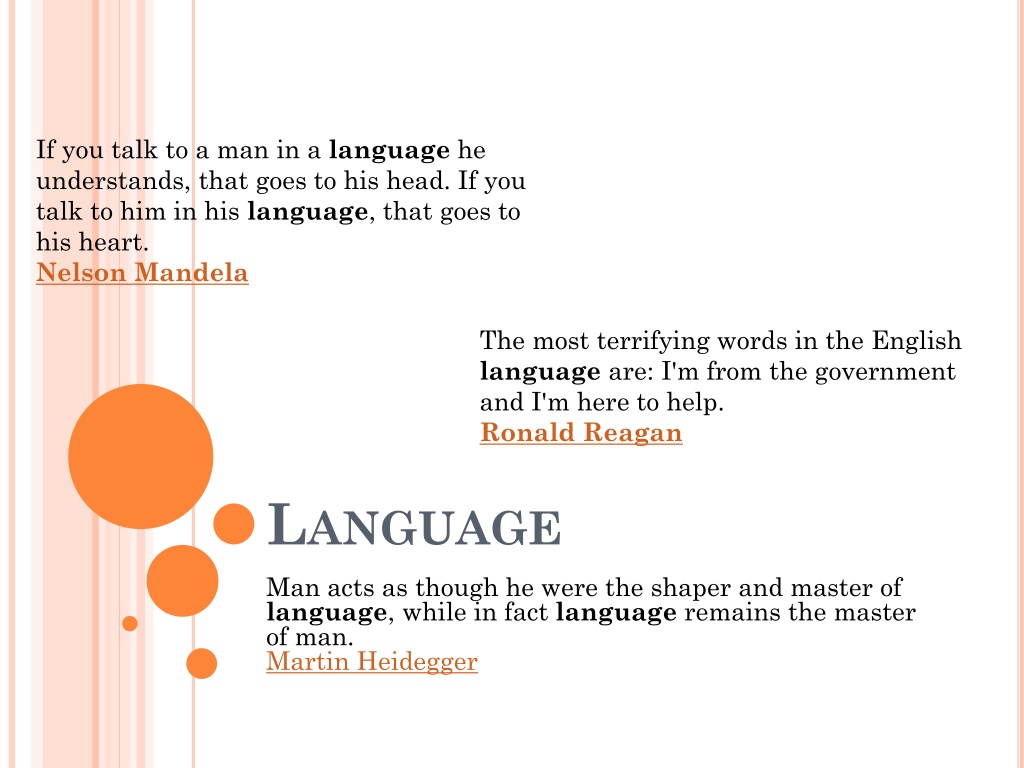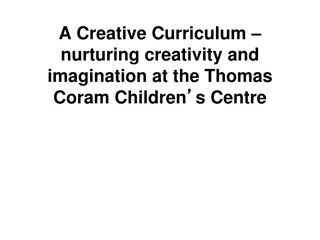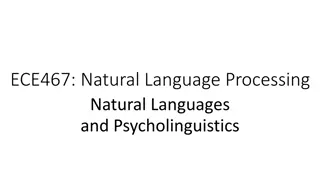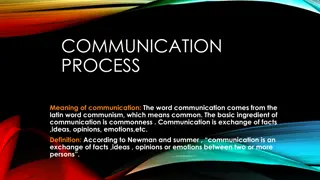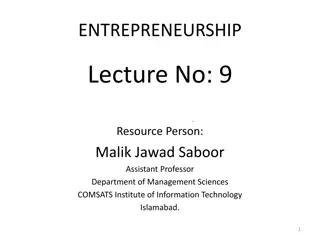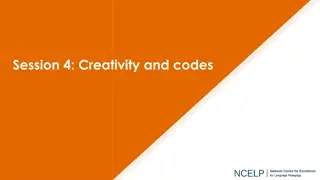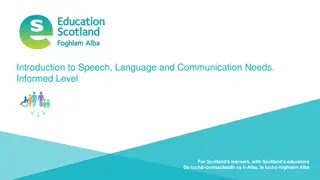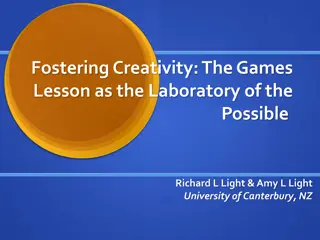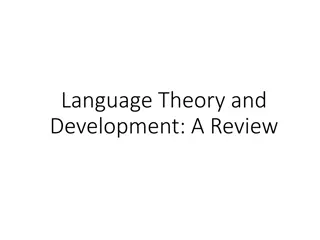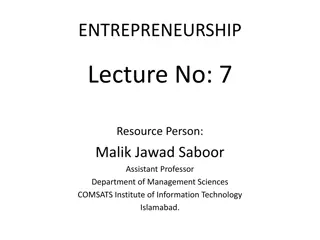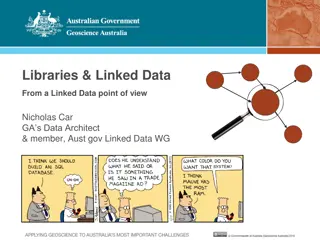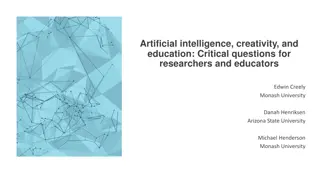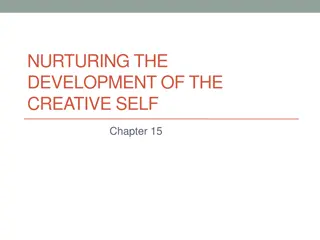Insights into Language: Communication, Creativity, and Universality
Explore the profound impact of language on human interaction, as reflected in quotes from Nelson Mandela, Ronald Reagan, and Martin Heidegger. Discover the complexity of language through examples like counting Fs, questions on word interpretation, and the importance of language as a system of communication. Delve into the creativity and universality of human language, examining its hierarchical structure, grammar rules, and prevalence across diverse cultures globally.
Download Presentation

Please find below an Image/Link to download the presentation.
The content on the website is provided AS IS for your information and personal use only. It may not be sold, licensed, or shared on other websites without obtaining consent from the author. Download presentation by click this link. If you encounter any issues during the download, it is possible that the publisher has removed the file from their server.
E N D
Presentation Transcript
If you talk to a man in a language he understands, that goes to his head. If you talk to him in his language, that goes to his heart. Nelson Mandela The most terrifying words in the English language are: I'm from the government and I'm here to help. Ronald Reagan LANGUAGE Man acts as though he were the shaper and master of language, while in fact language remains the master of man. Martin Heidegger
COUNTTHENUMBEROF FS FINISHED FILES ARE THE RESULT OF YEARS OF SCIENTIFIC STUDY COMBINED WITH THE EXPERIENCE OF YEARS. Don t look at the next slide!
COUNTTHENUMBEROF FS The correct answer is 6! Most people found 3 only. There is a tendency for us to ignore prepositions and therefore we do not count the f in of . Perhaps it is because it sounds like ov or we focus on lexical words rather than grammatical words. Lesson: Even though language seems natural, we still have certain cognitive bias.
SOME QUESTIONSTO CONSIDER How do we understand individual words, and how are words combined to create sentences? How can we understand sentences that have more than one meaning? How do we understand stories? Does language affect the way a person perceives colors?
WHAT IS LANGUAGE? System of communication using sounds or symbols Express feelings, thoughts, ideas, and experiences Your life is difficult without using any language: Imagine that you are trapped in a barren island after a ship wreck. You have no one to talk to. Tom Hanks: Cast away (2000) He created Wilson but lost him when he attempted to escape from the island. https://www.youtube.com/w atch?v=GGp03lY3_pc
THE CREATIVITYOF HUMAN LANGUAGE Hierarchical system Components that can be combined to form larger units Characters/letters words sentences paragraphs Governed by rules Grammar: Specific ways components can be arranged
THE UNIVERSALITYOF LANGUAGE Deaf children invent sign language All cultures have a language Language development is similar across cultures Europe 230 spoken languages Asia 2, 197 spoken languages Papua-New Guinea 832 languages (3.9 million people) North America 165 indigenous languages, only eight are spoken by as many as 10,000 people. (Stephen R. Anderson)
THE UNIVERSALITYOF LANGUAGE Ayapaneco Last two speakers live 1,640 feet away Manuel Segovia (Age 82?) Isidro Velazquez (Age 76?) http://www.dailymail.c o.uk/news/article- 2632996/Separated- common-language-no- Last-two-speakers- dying-tongue-decades- long-feud-help-bring- brink-extinction.html
THE UNIVERSALITYOF LANGUAGE Languages are unique but the same Different words, sounds, and rules All have nouns, verbs, negatives, questions, past/present tense Even the same language, different ways Southern: https://www.youtube.com/watch?v=twmuOnKgEJ0 Australian: https://www.youtube.com/watch?v=yDb_WsAt_Z0
STUDYING LANGUAGEIN COGNITIVE PSYCHOLOGY B.F. Skinner (1957) Verbal Behavior Language learned through reinforcement Noam Chomsky (1957) Syntactic Structures Human language coded in the genes Underlying basis of all language is similar Children produce sentences they have never heard and that have never been reinforced http://www.ted.com/talks/patricia_kuhl_the_linguistic_g enius_of_babies.html
STUDYING LANGUAGEIN COGNITIVE PSYCHOLOGY Psycholinguistics: discover psychological process by which humans acquire and process language Comprehension Speech production Representation Acquisition
PERCEIVINGAND UNDERSTANDING WORDS Lexicon: all words a person understands Phonemes: shortest segments of speech that, if changed, changes the meaning of the word 11 in Hawaiian 47 in English 60 in some African Dialects
PERCEIVINGAND UNDERSTANDING WORDS Morphemes: smallest units of language that has meaning or grammatical function Free: standalone e.g. eat, date, weak Bounded: cannot standalone e.g. Restart, disregard
PERCEIVINGAND UNDERSTANDING WORDS Phonemic restoration effect Fill in missing phonemes based on context of sentence and portion of word presented Example of Top-Down Processing https://www.youtube.com/watch?v=UlJs24j3i8E
PERCEIVINGAND UNDERSTANDING WORDS Speech segmentation Context Understanding of meaning Understanding of sound and syntactic rules Statistical learning https://www.youtube.com/watch?v=Xtbbo_lHqAs
READING: THE WORD SUPERIORITY EFFECT The finding that letters are easier to recognize when they are contained in a word than when they appear alone or are contained in a nonword
UNDERSTANDING WORDS Word frequency effect Respond more rapidly to high-frequency words Eye movements while reading Look at low-frequency words longer
UNDERSTANDING WORDS Lexical ambiguity Words have more than one meaning Context clears up ambiguity after all meanings of a word have been briefly accessed i.e. rusty After the game, Jim had to admit that he was a bit rusty. Susan considered going to the dance with Rusty. I bought an old bicycle with rusty gears. I bought an old bicycle with Rusty Geers.
UNDERSTANDING WORDS Meaning dominance The fact that some words are used more frequently than others Biased dominance When words have two or more meanings with different dominance Balanced dominance When words have two or more meanings with about the same dominance
EXAMPLESOF LEXICAL AMBIGUITY The Cast (Cook) worked into the night. Longer fixation The tin (gold) was bright and shiny. Same fixation The miners went to the store and saw that they had beans in a tin (gold). Longer fixation The miners went under the mountain to look for tin (gold). Same fixation
UNDERSTANDING SENTENCES Garden path sentences Sentences that begin by appearing to mean one thing, but then end up meaning something else Temporary ambiguity When the initial words are ambiguous, but the meaning is made clear by the end of the sentence After the musician played the piano was wheeled off the stage. After the musician played, the piano was wheeled off the stage.
UNDERSTANDING SENTENCES Semantics: meanings of words and sentences Syntax: structures and rules for combining words into sentences
UNDERSTANDING SENTENCES Interactionist approach to parsing Semantics and syntax both influence processing as one reads a sentence The spy saw the man with the binoculars The bird saw the man with the binoculars The man saw the bird with the binoculars
UNGRADED POPQUIZ: WHICHOFTHE FOLLOWINGSTATEMENTSISTRUE? A. How we interpret a sentence depends on its meaning and context. B. How we interpret a sentence depends on its grammatical structure. C. How we interpret a sentence depends on the processing speed of our working memory. D. Both A and B
WHATDOESITMEAN? Soviet Virgin Lands Short of Goal Again It could mean the landings of Virgin Airline operated in Russia could not meet expectations (bumpy landing)
WHATDOESITMEAN? Soviet Virgin Lands Short of Goal Again In 1953 the Virgin Lands campaign was launched in an attempt to boost the Soviet Union s agricultural production by utilizing unused lands.
WHATDOESITMEAN? The poor living conditions caused many workers to leave the Virgin Lands. Very little infrastructure existed in the Virgin Land provinces. When harvesting began there were minimal storage facilities for the crops. A large amount of the crop left in the fields to rot.
WHATDOESITMEAN? British Left Waffles on Falkland Island It could mean: British people are so nice that they left a lot of food on the island when they left.
WHATDOESITMEAN? British Left Waffles on Falkland Island British Left Waffles on Falklands was an actual news headline in the UK s Guardian newspaper when the UK and Argentina fought a war over the ownership of the Falkland Islands in 1982.
WHATDOESITMEAN? British Left Waffles on Falkland Island The UK political parties in England argued how to respond to the crisis. In British English, an indecisive state is referred to as waffling.
CANYOUFIGUREOUTWHATTHESEMEAN? The student failed the professor Eye drops off shelf Farmer Bill Dies in House Police begin campaign to run down jaywalkers Teacher strikes idle kids Iraqi head seeks arms Kicking baby considered to be healthy President Reagan wins on budget, but more lies ahead Two sisters reunite after eighteen years at checkout counter Ousted Ambassador to Ukraine Testifies in House
CULTURE, LANGUAGE, & COGNITION Sapir-Whorf hypothesis: language influences thought Example: How the Chinese language influences mathematical reasoning: https://www.youtube.com/watch?v=KZDCCHwGDpI
CULTURE, LANGUAGE, & COGNITION In 2014, the British government sent a team to Shanghai to learn how mathematics was taught there. Later the UK invited about 70 math teachers from Shanghai to teach in England. After the pilot study, the UK adopted the Shanghai math teaching methods in 8,000 primary schools. 35 math teaching centers were established throughout the country to promote the Chinese method.
CULTURE, LANGUAGE, & COGNITION British schools try to replicate that success by using translated textbooks identical to those in public elementary schools around Shanghai. Problem: The two language systems are vastly different. Even if the UK students use translated Shanghai textbooks, the thought processes in mathematics are not the same.
BREAKOUTSESSIONS: ASSIGNMENT Form a group of 3-5. At least one team member is bilingual or multi-lingual. Discuss how different languages influence the thought process. Please give concrete examples. Post a short report (0.5-1 page) to Canvas.
